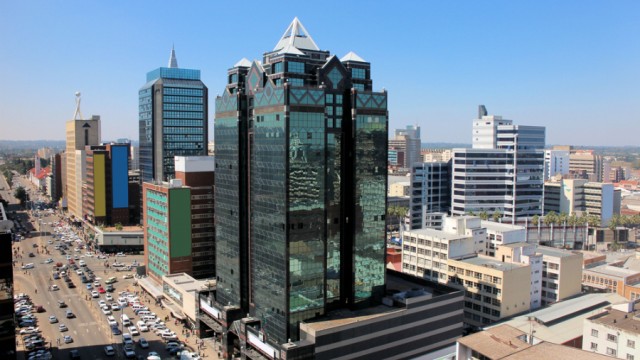Safety and Amenities in Low Density Suburbs
Most low density suburbs in Harare provide a safe and quiet living environment for residents. Areas like Avondale, Mount Pleasant, Marlborough, and Greendale tend to have less crime and offer more amenities. The wide streets, spacious homes on large plots of land, and low population density contribute to a peaceful suburban lifestyle. Homeowners in these neighborhoods appreciate the privacy, open green spaces, and sense of community. While located further from the city center, these areas make up for the distance with their family-friendly charm and reliable basic services.

Hidden Gems in High Density Locations
Some higher density suburbs in Harare still maintain pockets of safety and neighborliness despite the challenges. Gunhill, Masasa, and other compact residential zones can surprise visitors with flourishing community bonds. Residents look out for each other and youth organizations focus on constructive activities. Though infrastructure may be aging, local leaders work diligently on upgrades. Overall crime statistics can be misleading without considering variations within a place. With care and awareness, positives aspects of high density living can still be found and nurtured.
Threats but also Opportunities in Inner City Spaces
While inner city neighborhoods inevitably carry higher risks, dismissing them ignores key roles they play. Areas such as Mbare and the Avenues remain vibrant economic hubs and cultural melting pots. For many low-income residents or newcomers to the city, the affordable rent is their only option. With the right community programs and services, safety can improve. Visitors just need to practice basic safety precautions. The energy and diversity of downtown spaces should not be overlooked due to a few bad elements. With understanding and investment, both benefits and drawbacks can be managed.
Striking a Balance in Mixed Areas
Some neighborhoods straddle different profiles with variations within small areas. Locations like Dzivarasekwa and Mufakose exhibit this mix. While crimes do occur, the reality is nuanced. In one street life may seem dangerous yet just two roads over families thrive peacefully. Rather than hasty judgments, a balanced view recognizes this diversity. With cooperation between “have” and “have not” communities, challenges can soften while strengths reinforce each other. Bringing out the best wherever possible builds understanding between all parties for a harmonious whole.
Ongoing Efforts Towards Safer Communities
As Harare and its neighborhoods evolve, tackling issues of safety remains a work in progress. Local leaders, community groups, and public agencies collaborate on various initiatives. Crime prevention programs target at-risk youth, neighborhood watch schemes promote cooperation, and rehabilitation efforts assist former offenders. Partnerships between large suburbs and inner city spaces help distribute resources more evenly. While no silver bullet, these multidimensional approaches show promise. By addressing root causes as much as symptoms, conditions can steadily but sustainably incline toward greater protection and prosperity for all residents across the city.
Final Considerations in Choosing a Neighborhood
In summary, various factors determine the overall environment of a neighborhood in Harare. Perceptions also depend on individual priorities and risk tolerance. For overall guidance, reputable sources advise on current hotspots while acknowledging fluid local dynamics. Ultimately, carefully exploring options, consulting area residents, and following intuition provide the best sense of match. A neighborhood is more than headlines indicate - positives aspects exist nearly everywhere with care and togetherness within a community. Wherever residents call home, working to strengthen its livable qualities benefits all in this vibrant Zimbabwean capital city.

 A Foreigner's Guide to Exploring Lagos, Nigeria
A Foreigner's Guide to Exploring Lagos, Nigeria